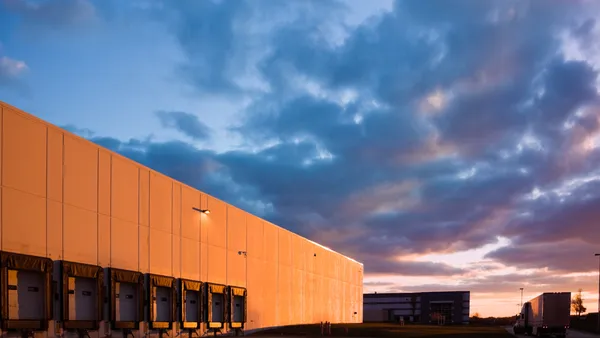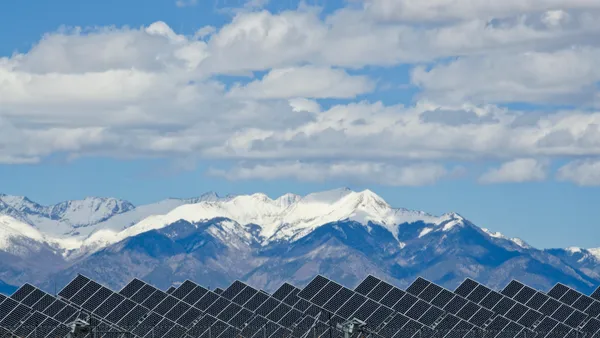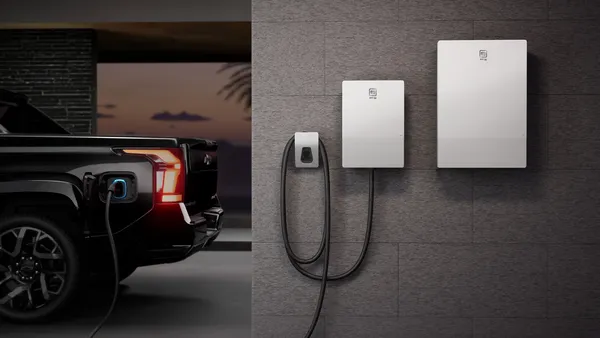Dive Brief:
-
Tesla is in talks with officials in South Australia to install battery storage systems that could serve as protection against the blackouts that have been plaguing the Australian state, according to multiple media reports.
-
At a launch for Tesla’s second generation, commercial scale Powerpack 2, Lyndon Rive, who now heads the company’s battery division, said the grid-scale batteries could solve the state’s power problems, telling the Financial Times that he would install up to 300 MWh.
-
CEO Elon Musk and former SolarCity CEO Lyndon Rive, who now heads the battery division at Tesla, said the company could install a 100 MW system in 100 days at a price of $25 million, according to Reuters.
Dive Insight:
South Australia’s rolling blackouts are attracting developers eager to demonstrate the value of energy storage. Earlier this month, ZEN Energy proposed a 50 MW battery project in Port Augusta that the company says could help alleviated the reliability issues the state is facing.
Now Tesla is jumping on the bandwagon, as Musk declares he can fix the country's grid problems in 100 days. The question is, can he?
The region has been battered by storms that have toppled transmission towers and closed wind farms. The state is particularly vulnerable because it has closed its last remaining coal plant and has to import baseload power from out of state.
But Rive said that large centralized storage installations at sub-stations, combined with residential and commercial solar and storage installations would make it “near to impossible to take down the grid," according to the Financial Review.
"We don't have 300MWh sitting there ready to go but I'll make sure there are," Rive said.
Australia has invested billions in grid modernization and support for network transformation, making transformation to a smarter, cleaner grid possible, analysts told Utility Dive. In turn, Australia has been described as a proving ground for solar-plus-storage. And solar penetration in New South Wales and Victoria, two of its biggest states, reached 15%.














